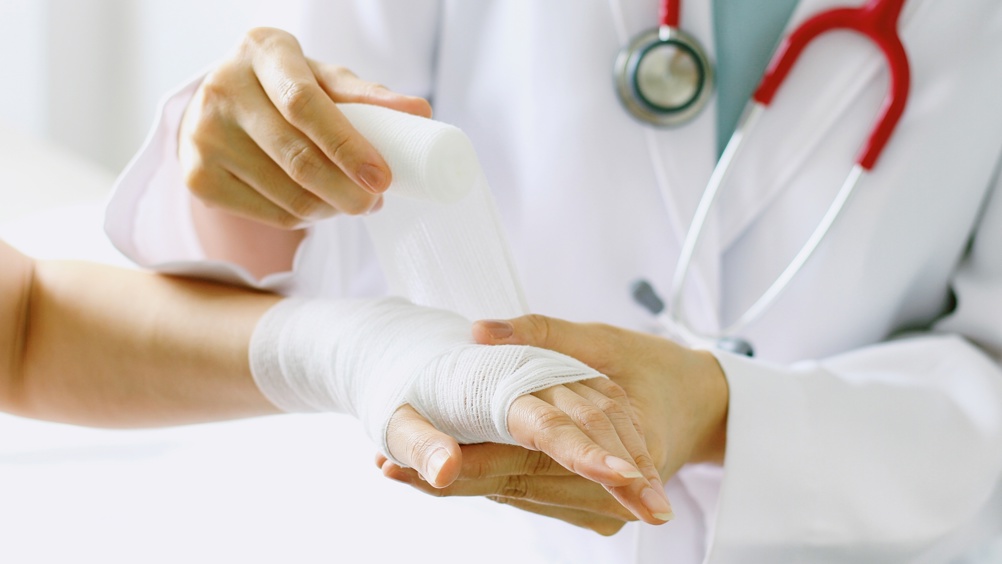Electrospinning technique creates scaffolds for wound healing
Researchers at the University of Surrey have developed a new method for electrospinning sponges that can act as 3D scaffolds for skin regeneration.

Electrospinning is a technique that electrifies droplets of liquid to form fibres from plastics, but which has previously only been used in the lab to make 2D films. According to the Surrey team, this is the first time electrospinning has been employed to create 3D structures that can be produced at scale.
The team used a Taguchi experimental design approach to optimise the electrospinning parameters for forming PCL (polycaprolactone - a biodegradable polymer compatible with human tissue) and PCL/gelatine 3D sponges. They found that the optimum mix of PCL and gelatine produced sponges with a highly porous structure that could support cell viability, essential properties for tissue engineering scaffolds. The work is published in Nanomaterials.
“After spinning these scaffolds, we grew skin cells on them,” said Chloe Howard, from Surrey’s School of Computer Science and Electronic Engineering. “Seven days later, they were twice as viable as cells grown on 2D films or mats. They even did better than cells grown on plasma-treated polystyrene – previously, the gold standard. They were very happy cells on our 3D scaffolds!
Register now to continue reading
Thanks for visiting The Engineer. You’ve now reached your monthly limit of news stories. Register for free to unlock unlimited access to all of our news coverage, as well as premium content including opinion, in-depth features and special reports.
Benefits of registering
-
In-depth insights and coverage of key emerging trends
-
Unrestricted access to special reports throughout the year
-
Daily technology news delivered straight to your inbox










Water Sector Talent Exodus Could Cripple The Sector
Maybe if things are essential for the running of a country and we want to pay a fair price we should be running these utilities on a not for profit...